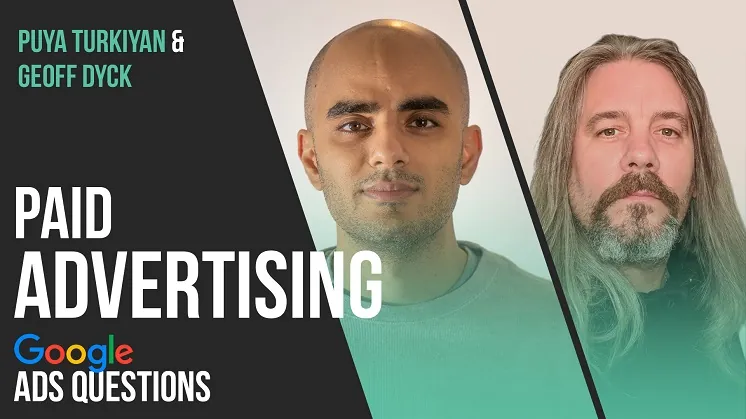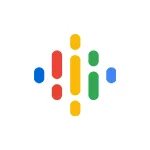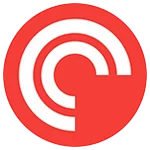Sign up for our newsletter
Explore more

Answering 10 of the Most Important Google Ads Questions
Listen on
Paid Advertising | Answering 10 of the Most Important Google Ads Questions
Wouldn’t it be amazing to have a steady stream of customers knocking at your door without having to lift a finger?
That’s what Google Ads helps you do.
Paid advertising is one of the most effective ways to get users on your website. But, many still have questions surrounding this tool.
As a digital marketing agency, we get a lot of question from clients about paid advertising. In this post, we’ll answer ten important questions about Google Ads.
Table of Contents
Is Conversion Rate Optimisation Necessary?
At Drip Marketing, we’ve found conversion rate optimization (CRO) is vital for Google Ads. You can drive the most qualified, high-volume, traffic to your page using ads. But if the landing page doesn’t declare or show what you’re promoting that’s a problem.
It’s critical to make sure where you’re sending traffic is doing the best job possible. That’s where CRO comes in.
For instance, a plumbing company might say, “we fix pipes” on their landing page. That’s obvious. Declaring a unique selling proposition on your landing page is more important.
Focus on telling people why they should choose your business.
You could promise on-time scheduling or a 90-day work guarantee. Tell them you’re insured. You do criminal backgrounds on all plumbers. Convince them.
When we do paid advertising for our clients, we look at the landing page design as well as the ad campaign. If the landing page we need to send traffic to has deficiencies we tell our clients. Otherwise their campaign may not perform as well.
Do Agencies Charge Their Own Rates for Google Ad Spending?
Although not as popular as it used to be many still do this.
Some agencies charge paid advertising at a flat rate. Which includes both managing the account plus the ad spend. Usually these agencies only give you a report with the number of clicks and impressions. They won’t specify how much was paid for each type of keyword which obfuscates the actual ad spend.
If you’re paying for Google Ads help, you should know exactly:
⦁ How many clicks you got for specific keywords
⦁ What you paid for each one of those keywords
⦁ What the click-through rates were for individual metrics
You should also know exactly how much was ad spend itself versus the their management fee. If agencies are not doing that, they are doing their clients a major disservice.
The difference between the cost of advertising and the cost of labour can be confusing. Making it hard to understand what’s going on behind the scenes. Clients can see the assets going up and money spent. They get the reporting at the end. But they’re often missing the middle piece. All the work to create, maintain, and optimize the account.
This makes it easy for bad actors to hide behind a cloak of confusion.
Good agencies won’t dump a jargon-heavy report on you. They’ll walk you through the work that’s put into managing your account.
How Has Google Ads Account Setup Changed Over the Years?
Google Ads hasn’t changed much over the years. But that doesn’t mean it hasn’t improved.
There’s the top layer with the campaign settings where you decide where your ads will show. At the campaign level, you set the budget and the ad schedule. Then inside each ad campaign are the ad groups.
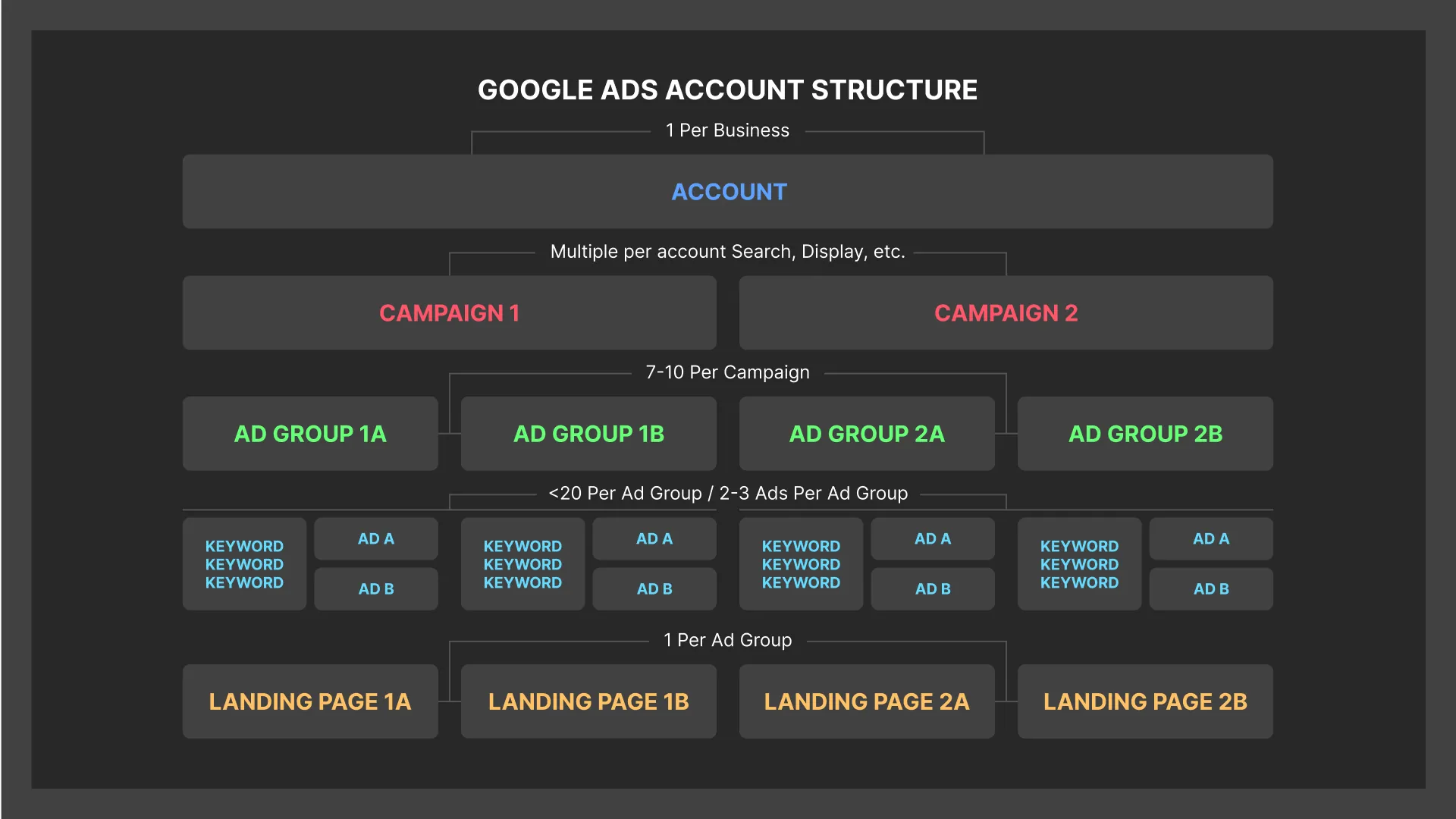
Let’s go back to our plumbing example. A Google Ads campaign would have a generic ad group for plumbing and a specialized ad group for a boiler. In that boiler ad group, you bid on boiler-specific keywords for boiler ads. Which then drives people to a boiler landing page.
That’s the basic anatomy of Google Ads.
But Google’s been piling on layers of improvement over the years. Paid ads have structured snippets, site link extensions, call extensions, call-out extensions, and location extensions. All linking to your Google Business Profile account.
Say somebody is near your plumbing business. The ads can display a map and a phone call icon to reach your business. Or a get directions link. Depending on how the ad group is set up.
Google has also done a lot of automation and bid strategy optimization. Before, it was very basic and you set your own bid management. Now there’s a lot of automated bid management.
That’s the biggest change we’ve seen.
Is It Important To Test Automated Bid Strategies?
Automated bidding is a game-changer in Google Ads. It uses machine learning to determine the best time to show ads, and who to show them to.
For instance, a growth strategy for a plumbing business might be to use automated bidding. They have a clickable phone number and a web form where people can fill out their names and ask for a quote. Those phone calls and form submissions need tracking. Those conversions need to refer to the account. Then you’ll know which campaign, region, keyword, ad, and gender lead to those conversions.
Now, you can figure out what converts the best by combing through your analytics. Or you can let Google handle it.
If Tuesdays 12PM-2PM is when the plumber will get the most clicks on their phone ad, that’s when Google will show it.
We want Google to use its machine learning to do all the heavy lifting for us. It frees up time for Google Ads managers to work more on Google Ads strategies, asset creation, and CRO.
Is Conversion Tracking Still a Challenge?
Tracking conversions is essential. It’s one of the key measures of success. Yet it’s also challenging for some to wrap their heads around.
For instance, a plumber might want to have a clickable phone number and a web form where people can ask for a quote. Those phone calls and form submissions need tracking. Then they’ll know which campaign, region, keyword, ad, and gender lead to a conversion.
Conversion tracking is the cornerstone of paid advertising and CRO.
Sometimes it’s difficult for clients to understand. They may push back on conversion tracking if it’s going to use up some of their budget. They don’t understand the value of it.
If you’re running Google Ads and spending money on it, it’s crucial to have conversion tracking. It also needs to be set up correctly from the beginning or you’ll have junk data. If you don’t have these conversion goals or metrics, you’re guessing.
Feelings are not data. They’re affected by personal biases and you’ll miss things.
For instance, you may notice a significant uptick in a particular product. You may attribute that to the recent changes you made. Meanwhile, conversion tracking would have told you it was a seasonal factor. Not those changes you made.
Setting up tracking goals and conversions is vital to understanding the big picture.
Is Remarketing Still Powerful?
Remarketing remains a fundamental Google Ads strategy. You can use it to follow up people who abandon shopping carts on websites. You can use it for developing brand awareness. With remarketing, you can chase them with ads to lure them back to your website.
With remarketing, you can put your website visitors into a Google Ads audience and chase them with an ad. This is valuable since people do research before making a buying decision.
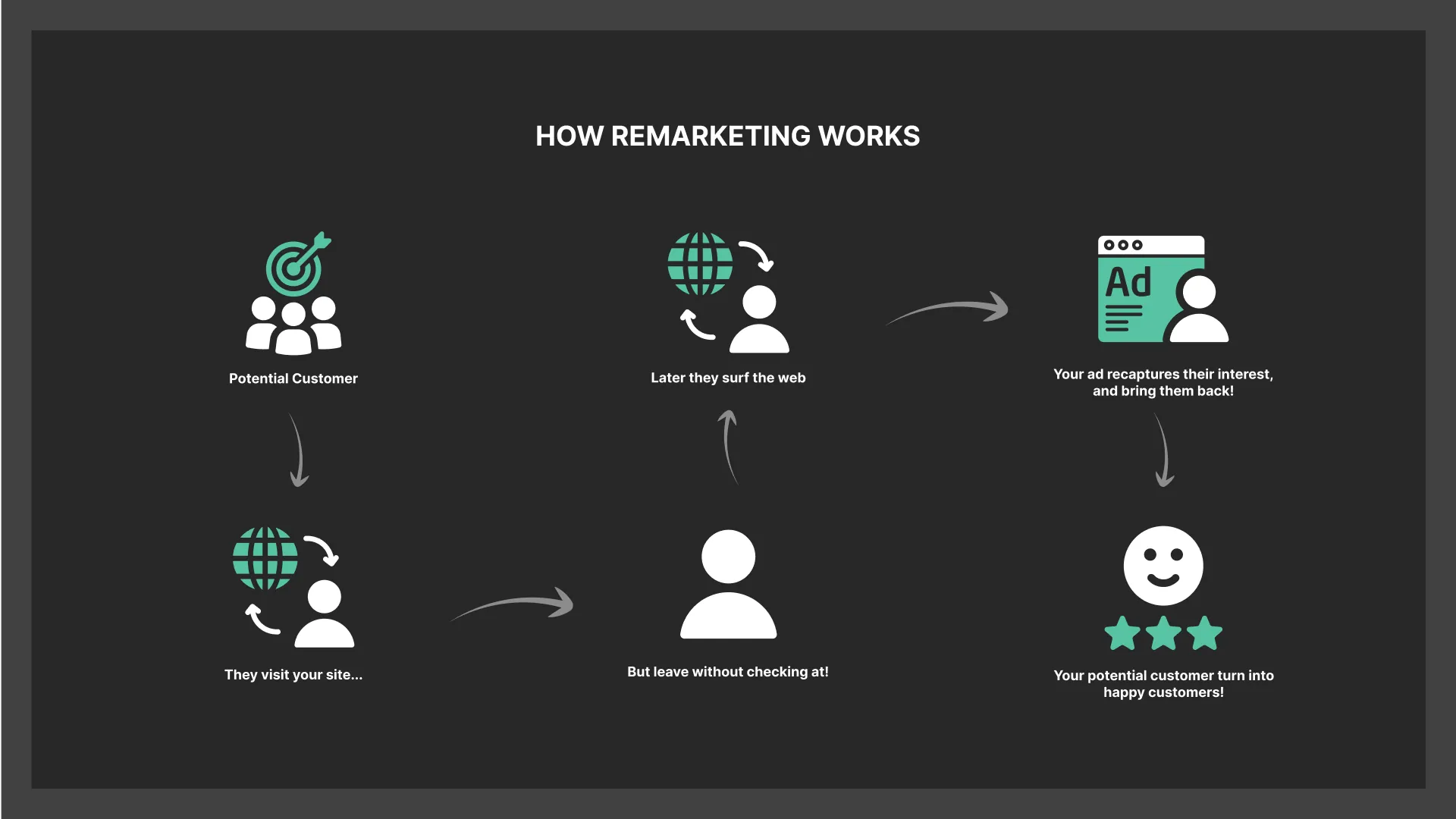
They go to your website, check it out, but don’t take any action right away. No conversion, meaning they’re interested but not convinced yet. Then they go look at another website and do the same thing. This research might take them a week or longer. The more expensive something is, the longer it takes people to research and decide.
Remarketing ads need to be persuasive.
Talk about customer reviews or why people choose your product/ service. Such as past customers choose you because you have 400 Google reviews or you can guarantee your work. Anything that’ll convince them to make that buying decision.
The point is we want to bring them back and remarketing is how to achieve this.
How Long Should You Chase People With Remarketing?
This will depend on your business as well as the products or services advertised.
A generic Google Ads strategy is the more expensive the item the longer the duration.
Cheaper items can be a shorter duration like 30 days. Most people don’t take a year to make a low-cost decision. When you’re selling expensive products or services you should chase them for longer. More costly means people need extra time to make that buying decision.
But it’s a lot more nuanced than that.
What’s actually advertised is also a factor. If it’s an urgent need — like a burst water pipe — then a shorter duration is appropriate. But something like a luxury cruise is not an immediate buy.
Budget will influence the duration as well. Say you have thousands of website visitors a month and a budget of $1 a day. That isn’t going to get very far. The campaign won’t be able to reach all those people for that amount over an extended period of time. You can compensate or having a limited budgets by decreasing the length of the campaign.
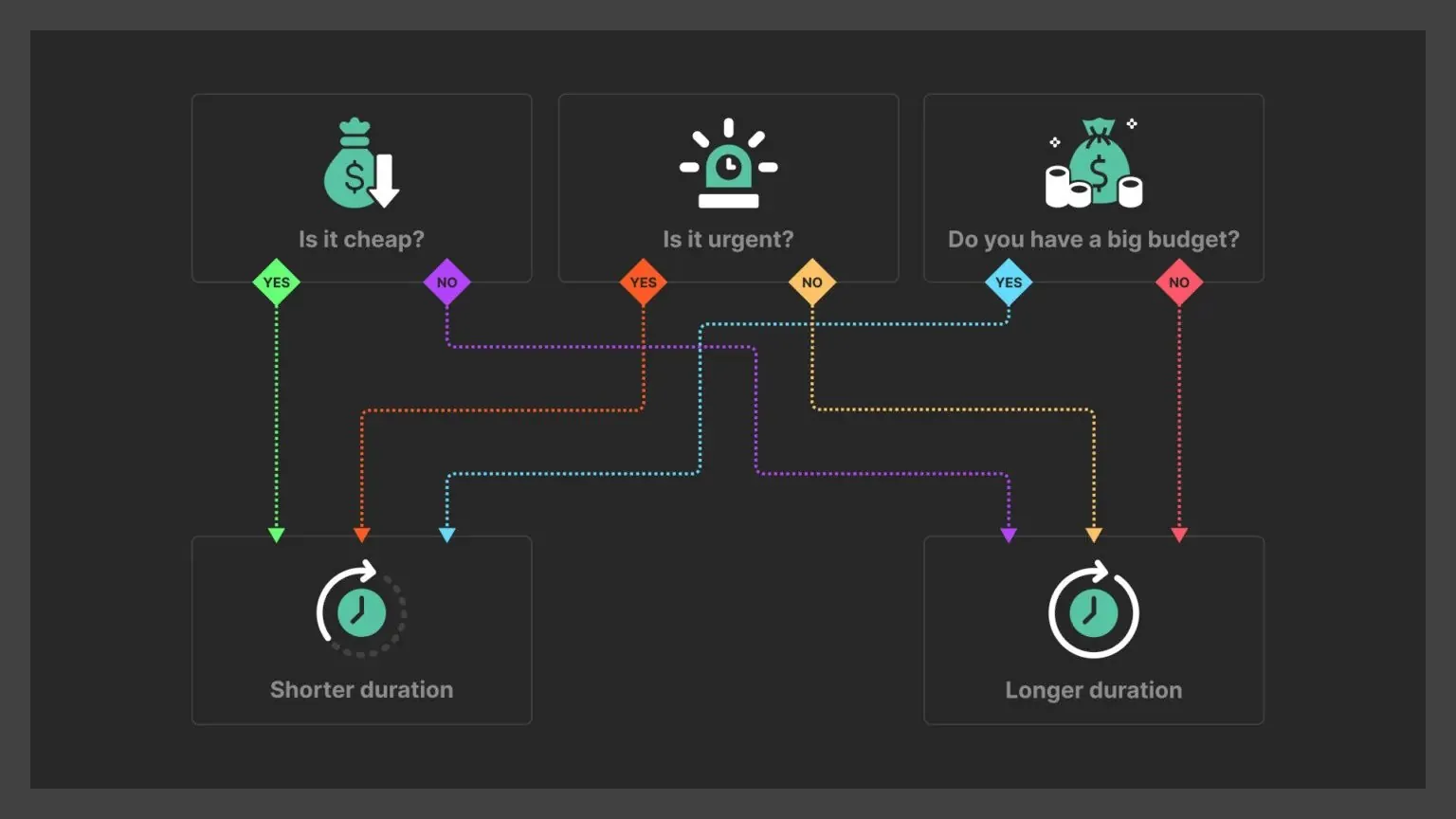
Always test what works by breaking into different audiences. For example, you could test a 30-day audience, a 30-60 day audience, and a 90-180-day audience. If you see your click-through rate decay over time then that’s too long and you can adjust.
Should You Remarket to People Who Have Already Converted?
You will have a different relationship with a customer than a lead in paid marketing. Your remarketing message will be different since they’ve previously bought from you.
Like putting them in a customer loyalty program. Customers who spent over $200 this month get an extra set of bonus points or an extra freebie.
Or it’s an item that needs replenishing. You can set up a remarketing campaign to remind customer to buy again.
People forget about things or where they bought the item. So remarketing is a very powerful tactic for both new customers and past customers.
How Long Does It Take To Audit an Account or Set Up a Google Ads Campaign?
The answer to this question depends on a variety of differing factors. It’s different for every account.
If you have 20 services across 20 cities, each city would have its own individual campaign. Every campaign would have its own set of settings. You would then need to look at the individual ad groups. Inside each ad group, you look at all the ads plus all the keywords for each ad. That’s a lot of work.
You can cut corners by taking a couple of random samples within the account and going from there. You’ll finish auditing the paid ads account within a couple of hours that way. If you find some campaigns aren’t set up properly, it’s safe to assume the rest aren’t.
When that happens it’s best to pause all those existing campaigns and recreate them. Make setting up new campaigns easier by using tools to clone old campaigns. Leave the old data there so you can have a quick comparison.
Budget can also affect the length of time spent auditing an account. If you’re hiring a paid ads specialist then how long they spend on the Google Ads account depends your budget. It may take several months to properly audit your account if they are working with limited hours.
What New Features Are Coming to Google Ads?
One of the newer features coming to Google Ads is Google Performance Max. It’s an automated campaign that Google manages. You don’t even pick keywords. Supply Google with images, videos, headlines, and ad copy then they’ll take care of the rest.
Google will combine those assets will in different variations. then it’ll show those ads in search, Gmail, YouTube, and display networks. From there machine learning will being to understand which combinations perform well. It will continue to reiterate and refine based on that.
Performance max takes away the heavy lifting. Google does all the learning for us. Understanding which genders, devices, and other demographic information convert the best. It’s a powerful feature to roll into any Google Ads strategy.
Paid Advertising Is Always Evolving
The biggest lesson to take away from this is never give up. If your first paid ads campaign doesn’t go well, that doesn’t mean you’ve permanently failed. The key is to keep experimenting and see what does or doesn’t work for you.


